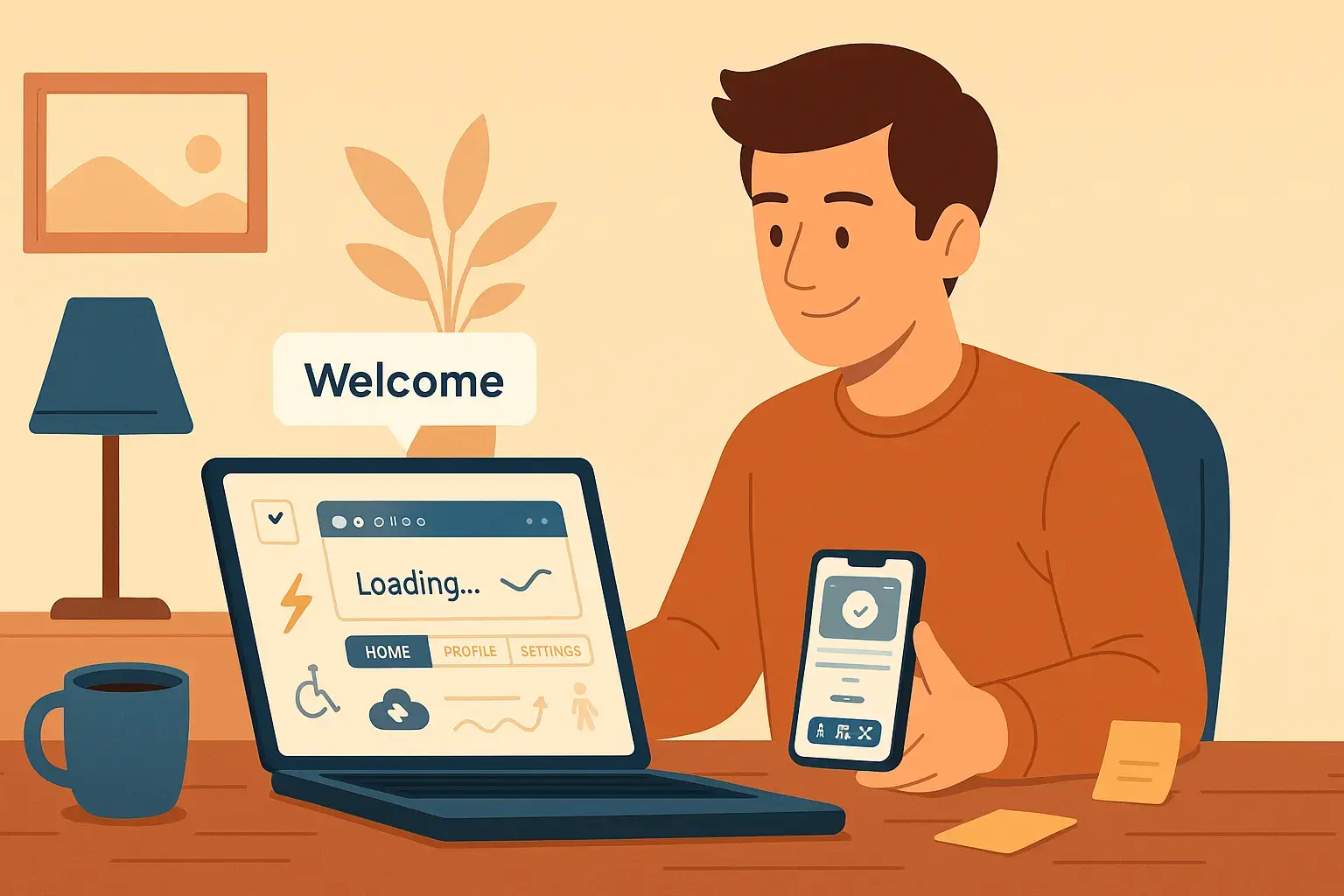

How a Modern POS System Transforms Retail Sales and Customer Experience
Imagine a Saturday rush: carts clatter, door bells jingle, and a line snakes toward the register. Then, as if contemplating its life choices, the card reader pauses. A minor setback can have significant repercussions.
Employees detest saying sorry, and customers detest waiting. That micro-crisis can be transformed into something nearly undetectable with a contemporary point-of-sale system. This isn't just about fancy technology. Making each checkout, stock count, and marketing campaign seem purposeful and, yes, profitable is the goal.
What follows reveals the true potential of a contemporary point-of-sale system for retail, going beyond simple accounting functions like totals and receipts.
Friction-Free POS Checkout for a Better Customer Experience
The checkout is a handshake, a last impression. The right POS accepts tap-to-pay, mobile wallets, chip cards, split tenders, and even that awkward third-party coupon someone swears they have.
It keeps working if the Wi-Fi throws a fit. Tokenisation and fast authorisation shrink fraud risk and customer headaches. Want to nudge a sale? Gift-cards, digital receipts, or buy-now-pay-later options quietly help.
The payoff is simple: less friction, fewer declined transactions, and a checkout that feels like help, not interrogation. Shorter lines. Happier faces. More repeat business.
Real-Time POS Inventory Management That Works
Inventory problems are dramatic—usually in a bad way. A modern POS tracks items in real time across stores, warehouses, and pop-ups. It pings low stock, suggests reorder amounts, and makes transfers painless.
SKU-level visibility shows which products are quietly killing it and which ones are just taking up space. Imagine running a weekend market stall while the main store dashboard shows exact counts—no frantic texts, no guesswork.
The result: fewer stockouts, fewer “mystery” shrinkages, and smarter buys. Better margins follow when buying becomes deliberate, not desperate.
Building Customer Loyalty Through Your Point of Sale
A Point of Sale that captures clean customer data does something small but profound: it makes interactions relevant. Purchase history, preferences, and loyalty balances available at checkout mean offers can actually mean something.
A timely discount for the person who always buys flannel. A restock alert for someone who bought a bestseller last month. Linking online and in-store profiles smooths returns and turns abandoned carts into re-engagement opportunities.
Keep personalization subtle and useful—customers notice kindness more than gimmicks. Do that well, and loyalty stops being a marketing buzzword and becomes reliable revenue.
POS Analytics That Predict and Drive Retail Success
Data is only useful when it points forward. Modern POS dashboards turn sales into actionable insight: top SKUs, margin pressure, busiest hours, staff performance—laid out in charts that don’t require a PhD.
Forecasting predicts reorder points and seasonal demand so promotions and staffing aren’t guesses. Metrics like sales per labor hour or average transaction value make trade-offs clearer.
When data tells merchandising and marketing what to do next, budgets stretch farther and markdowns happen less often. In short: replace gut calls with informed moves.
Secure, Integrated POS Systems Built to Scale
This part sounds dull. It’s not. A POS that plays well with eCommerce, accounting, payroll, and analytics removes repetitive admin and speeds month-end closes. Robust APIs and clean data flows mean one source of truth.
Security—PCI compliance, encrypted backups, role-based controls—keeps customer trust intact. Scalability matters too: the architecture should support a single boutique or a growing chain without painful system swaps.
Treat integrations and security like optional luxuries, and the business will pay for that choice later. Treat them as essentials, and growth becomes a plan, not a panic.
A modern point of sale is the foundation of good retail because it expedites checkout, stabilizes inventory, humanizes customer interactions, turns data into decisions, and unifies systems so that teams can focus on customers rather than spreadsheets.
Make a list of the real issues, like long lines, phantom stock, and subpar marketing, and then match each one to a feature at the point of sale. Small changes at the register often lead to higher profits, happy staff, and loyal customers.
Lastly, a brief tip: first, test the checkout procedure. If the line is fluid, much more follows.
Curious which Point of Sale features solve your specific headaches? Run a quick audit—no tech wizardry needed—and map the results to the product checklist. The right POS doesn’t just add features; it changes how a store feels.

